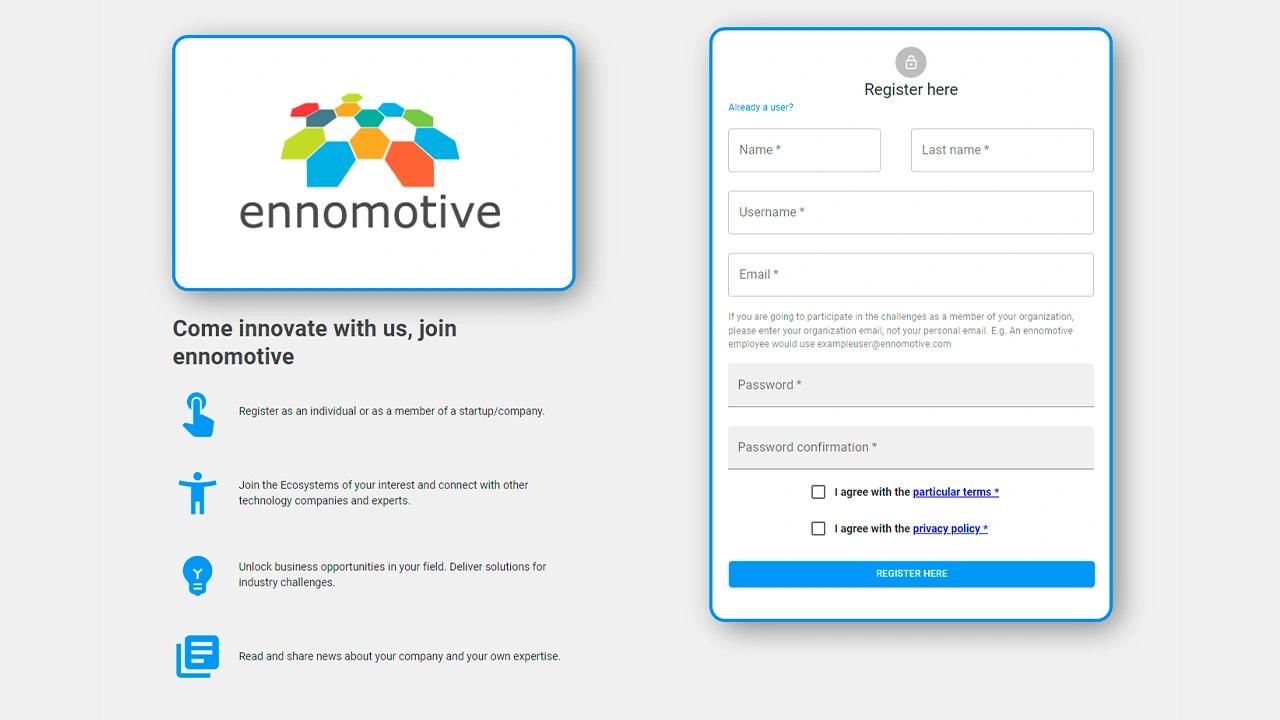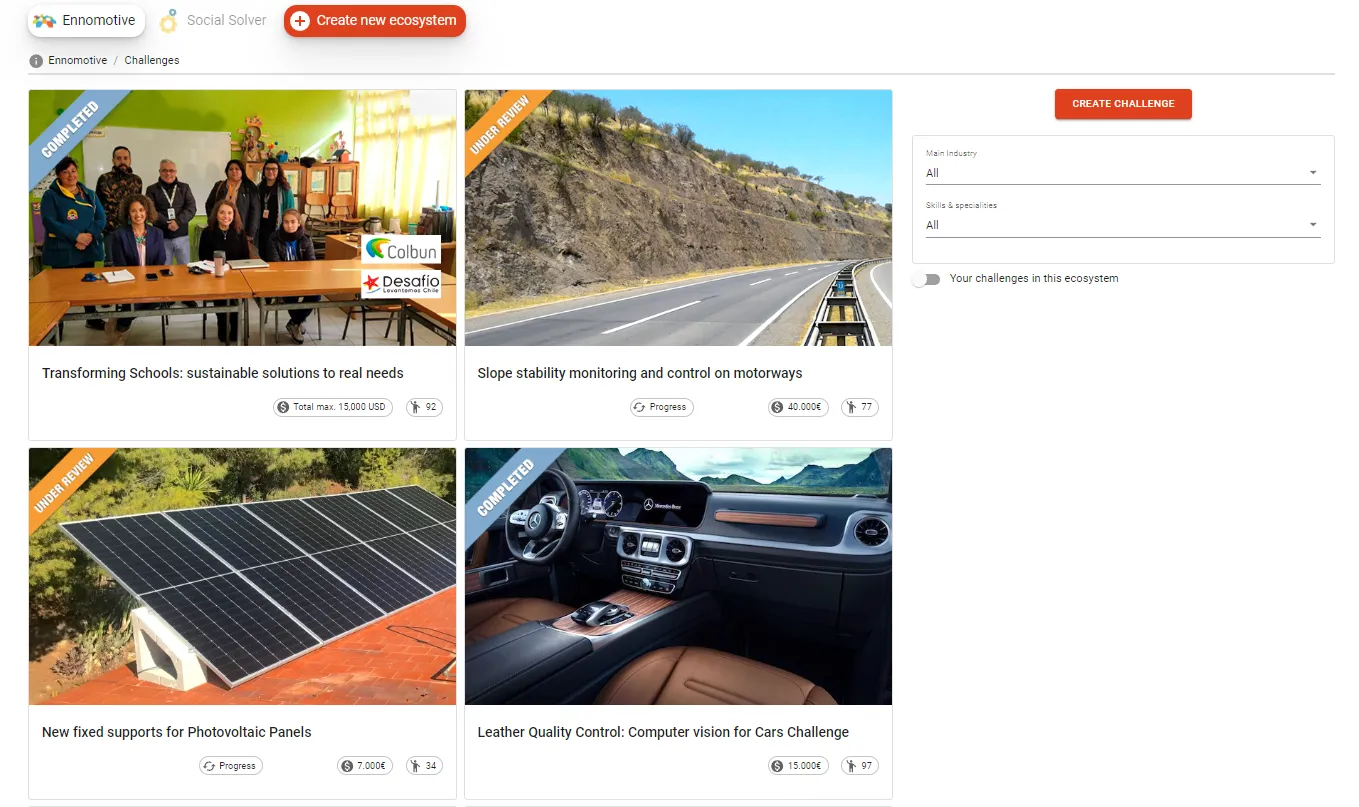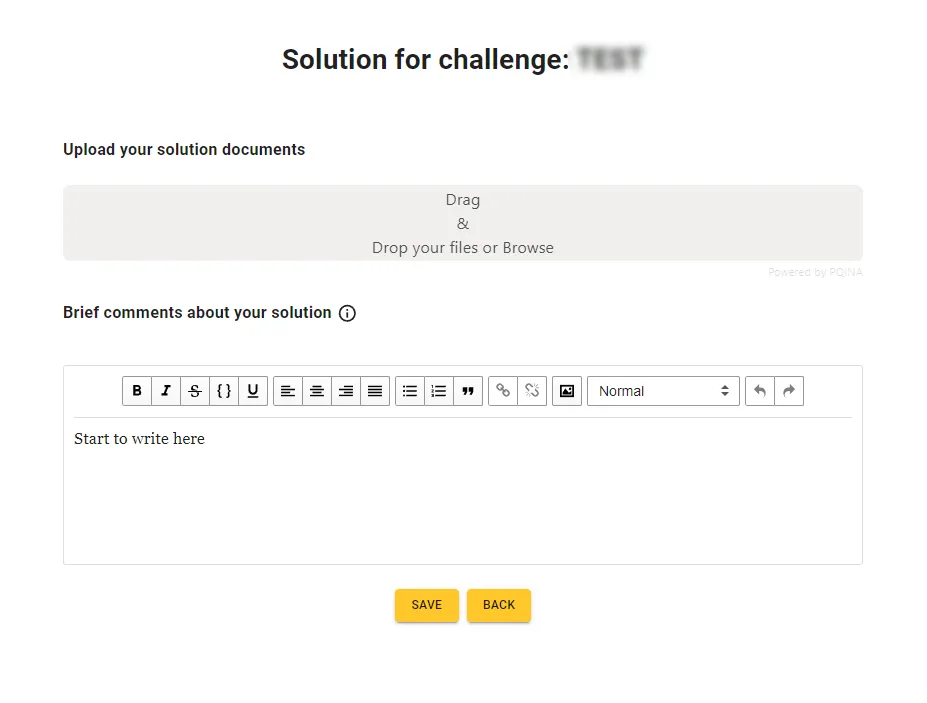Background
Ayuda en Acción (AeA) (https://ayudaenaccion.org) has been working since 1981 to improve the quality of life of the most vulnerable communities worldwide. One of its priorities is to strengthen and modernize the productive capacities of these communities.
Desafío Levantemos Chile (DLC) (https://desafiolevantemoschile.org/) provide assistance to chilean communities in emergency situations. They provide sustainable solutions to public issues, empowering the civil society and people to grow by themselves and build a country with greater possibilities.
Air pollution is directly related to wood residential consumption for heating and other energy uses. And 70% of households in regions such as O'Higgins and Aysén use firewood. In Temuco, in the Araucanía region, the average annual concentration of the MP2.5 index has been exceeding the chilean air quality standards (20 µg/ m3), even higher than 10 µg/ m3 which is recommended by the WHO (World Health Organisations). This level of contamination is also present in other cities in southern Chile.
In Chile, forest plantations represent an area of approximately 3.11 million hectares, equivalent to 17.27% of the total forests. And more than 84% are located between the regions of Maule, Biobío and La Araucanía. Between 400 and 600 billion pesos are sold annually, with more than 100 thousand people employed in activities associated with firewood. The highest consumption of firewood per capita is concentrated in the region of La Araucanía and Aysén, exceeding 1% of the regional GDP.
The town of Villa Mininco (Collipulli) has a population of approximately 5,500 people. 15.83% of this population is indigenous, mainly Mapuche, and the dominant productive activity is the exogenous afforestation of pine and eucalyptus. Firewood producers are usually organized by families, representing 41% of the workforce in Maule and Aysén regions. The village has sufficient services due to its high population, in addition to a large paper company that is the main source of employment for its population.
The committee of woodcutter and gatherers of Villa Mininco, with 140 active members, collects 16,800 t/year of eucalyptus, pine and aromatic (acacia) tops (they do not cut trees, they only collect non-commercial pieces) from 100% of the paper company’s forests. They have legal permits from the paper company for the collection of 10 m3 or t../partner monthly. In addition, pink mushrooms (pine) are collected, rosehip, not generating more waste.
The collection is done throughout the year, being very predominant the aromo and using their own vans for it. Depending on the time of year, the humidity of the wood can reach 70%.
Of all the collected, 60% is distributed among the members for self-consumption and the other 40% is commercialized, being able to:
- market without any processing
- make wood chips
- produce charcoal, which is sold at a cost that does not generate significant profits.
The challenge and opportunity
This challenge proposes the production of wood pellets as an alternative to the sale of wood chips and charcoal production. The idea is to make pellets from forest waste or waste materials from wood or paper mills. The goal is to find a cleaner and more profitable product, with higher demand and added value, that allows communities to increase their income.
Pellets are easy to ignite and handle, generate low amounts of ash, and consequently, reduce particle emissions into the atmosphere. However, the committee of loggers and collectors of Villa Mininco has no experience in manufacturing this product and does not have the resources / equipment to do so properly and sustainably.
Pellets can be made by removing the wood bark, chipping and grinding the wood, drying the chips (with humidity between 6 and 10%) and pressing them. Finally they are packed in 15kg bags, offering a homogeneous product, with a high calorific value (versus its direct competitor the firewood chips)
In terms of market opportunity, there is an exponential demand for this biomass considering the following predominant regions: Los Lagos (30,608 tons), Araucanía (27,600 tons) and Biobío (24,505 tons).
The market shows a huge demand growth of + 900% in the last 10 years. The cost of the 15 kg pellets bag in Chile is currently between 4,700 and 5,500 Chilean Pesos (between 5.5 and 6.5 US$). In winter, this price rises considerably due to stock-outs.
What we are looking for
AeA and DLC are looking for the design of a semi-industrial and modular production equipment for the sustainable manufacturing of pellets. Production must be resource efficient, low cost, flexible and easy to assemble and maintain.
Such a plant (or plants if modular) would be used by the committee members in turn, to transform the maximum amount of firewood into pellets. In addition, other waste from the area could be included if this is advisable.
Therefore, we are looking for an equipment with the following characteristics:
- using semi-industrial machinery, available on the market, which does not avoid a proposal including some new inventions, machines or installation.
- which can be supplied in one or more standard containers. If possible, it should be possible to adapt to the variety of woods and resources available
- supplied if possible by renewable energies (solar, pellets...), at least partially for the drying process. It should be noted that in this location there are full rainy months: https://www.datosmundial.com/america/chile/clima-araucania.php
Regarding energy consumption, the current cost of kWh in the region should be considered as 180 Chilean pesos (about 0,21 US$).
The paper company is interested in providing support, increasing permits to obtain raw materials, providing physical spaces needed to install possible equipment, and helping economically.
Evaluation criteria
- Viability of the proposed solution in the field.
- Minimum possible investment and cost.
- Simple procurement and required logistics.
- Easy implementation and use.
- Minimum maintenance (feasible with local resources)
This is a single round challenge with the following deliverables:
This is a challenge with the following deliverables:
A PDF document including:
- A technical description of the proposed system and its operating model
- Detailed specification of required equipments and facilities (drawings, materials...)
- Implementation plan for the project.
- Required investments (cost estimate).
In addition, you can add attachments to support your solution.
Timeline
The deadline for the delivery of solutions is until May 15, 2023. The winner will be communicated from June 15.
-------------------- Particular Terms and Conditions ----------------------------
Confidentiality – N/A
Intellectual property –
If a patented solution is submitted, the owner will keep the IP rights and Social Solver will only have the right to use it for this particular project.
If, as a result of this challenge, a new solution or technological application with IP rights emerged, the winner will transfer the rights to Social Solver in order to use the profit in social aid projects.
To obtain more information about how our challenges works visit: Innovation challenges: How does it work



